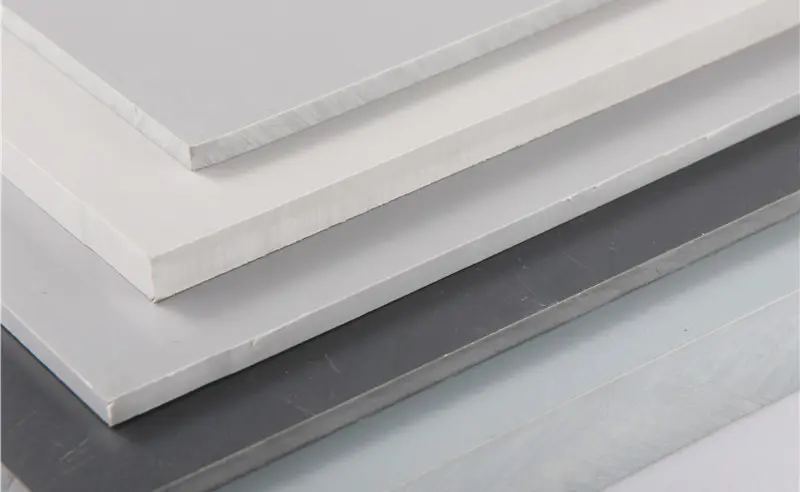12月 . 06, 2024 06:35 Back to list
Understanding the Cost Factors for PVC Pipe Solutions in Construction Projects
Understanding the Cost of PVC Pipe A Comprehensive Overview
Polyvinyl chloride (PVC) piping has become a popular choice in a variety of applications including plumbing, irrigation, and construction. One of the key concerns for anyone considering PVC pipes is the cost. Understanding the factors that influence the cost can help consumers and contractors make informed decisions.
Factors Influencing PVC Pipe Costs
1. Material Quality The quality of the PVC used in manufacturing pipes can significantly impact the price. Higher-grade PVC pipes, which are designed to withstand higher pressures and harsher conditions, typically come at a premium. Sch40 and Sch80 are examples of schedules, where Sch80 pipes are both thicker and more expensive.
2. Pipe Diameter and Length The cost of PVC pipe increases with the diameter and length of the pipe. Smaller diameters are less expensive due to the reduced material requirement. Conversely, larger pipes are more costly as they are made to handle higher volumes and pressures.
3. Type of PVC Pipe There are various types of PVC pipes, such as standard PVC, CPVC (chlorinated polyvinyl chloride), and RPVC (rigid polyvinyl chloride). CPVC, which can withstand higher temperatures, is generally more expensive than standard PVC. Understanding the specific requirements of a project can guide individuals to choose the most cost-effective solution.
4. Market Trends and Availability Like any commodity, the cost of PVC pipe can fluctuate based on market demand and supply. Economic factors such as production costs, transportation fees, and global supply chain disruptions can lead to price increases. Monitoring market conditions can provide insights into the best time to purchase.
pvc pipe cost

5. Accessories and Fittings The cost of PVC installation often extends beyond the pipes themselves. Fittings, connectors, and other necessary accessories can add to the overall budget. It's essential to account for these additional costs when planning a project.
Cost Estimates and Budget Planning
Given the variables mentioned, the price of PVC pipes can range significantly. On average, prices for standard PVC pipes fall within the range of $0.50 to $3.00 per linear foot, depending on the diameter and grade. For a small DIY project, such as a home irrigation system, the total cost might stay within a few hundred dollars. However, for larger-scale installations, such as municipal water systems, costs can easily escalate into thousands or even millions of dollars.
When budgeting for PVC piping projects, consider not only the pipe cost but also labor, installation, and long-term maintenance expenses. Investing in quality materials upfront can save money in the long run by reducing the need for repairs and replacements.
Conclusion
PVC pipes offer a durable and versatile solution for various plumbing and infrastructure needs. Understanding the factors influencing their cost is essential for making informed purchasing decisions. By considering material quality, pipe specifications, market dynamics, and additional installation needs, consumers can effectively budget for their projects. While the initial investment in PVC piping may vary, the long-term benefits of durability and maintenance efficiency typically outweigh the costs. Thus, appropriate planning and knowledge empower homeowners and contractors alike to harness the full potential of PVC piping within their projects.
-
Premium Glossy PP Rigid Sheet – Durable & Versatile
NewsAug.07,2025
-
High-Quality HDPE Sheet | Durable Plastic Panels
NewsAug.06,2025
-
High-Precision PVC Rigid Sheets for Vacuum Forming | AI-Optimized
NewsAug.05,2025
-
Durable PVC-M Water Supply Pipes | 60-Year Life
NewsAug.04,2025
-
Premium HDPE Water Supply Pipes: Durable & Leak-Proof
NewsAug.03,2025
-
Premium PVC-M Water Supply Pipe - Durable & Efficient
NewsAug.02,2025

